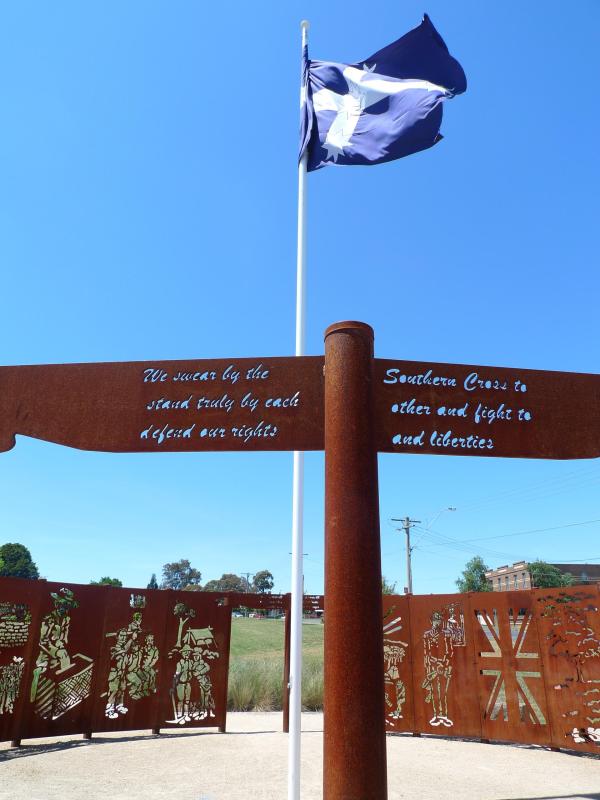
Eureka Circle with the emblematic Southern Cross located at the Eureka Stockade Gardens
What is the most significant moment in Australia’s history?
In the hearts of many, such a moment is represented by the Eureka Stockade, a bloody rebellion of miners against their colonial government oppressors in November 1854. Happening in the gold mines of Ballarat, the tale of the Eureka Stockade is one peppered with values of hardship, courage, determination, and the fight for freedom. What began as a drunken fight leading to the death of Scottish gold miner James Scobie ended up triggering a major skirmish between 276 British military police and soldiers against some 150 men who fenced themselves in with a man-made stockade.
While the following deaths of 22 miners and six armed soldiers were tragic, it ushered in a historic change in gold taxation rules which became more equitable to the long-suffering miners who often worked under appalling conditions. More importantly, it sparked off changes which subsequently led to Australia’s independence from foreign domination, leading some to characterise this only rebellion as the “Birth of Australia”.
The first stop in the telling of this tale is the Eureka Centre at Ballarat.
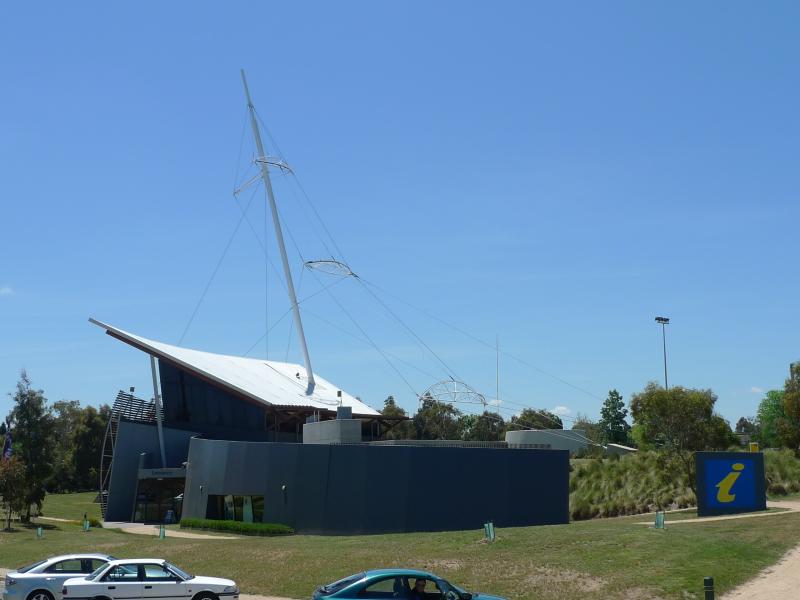
Established in March 1998, the $4 million centre commemorates the valour, ideals and sacrifices of those who lived and worked on Ballarat’s goldfields.
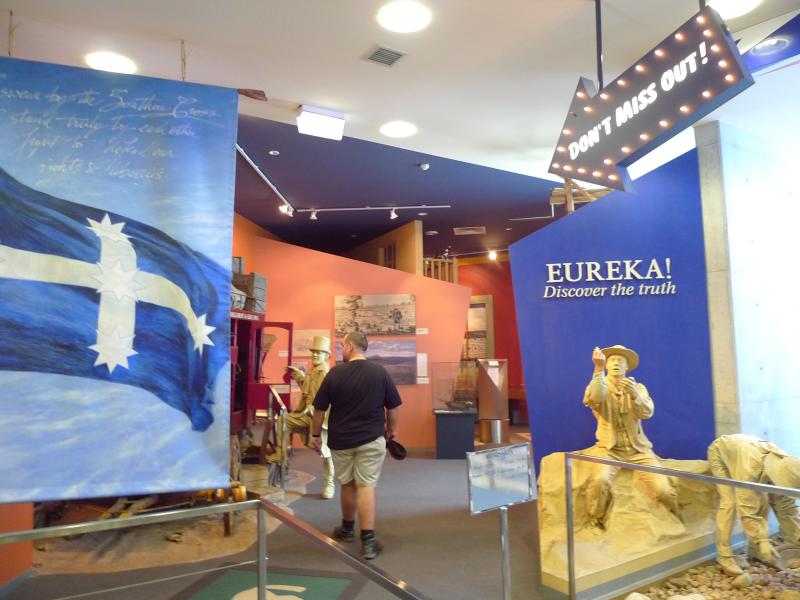
Decked in the colours of blue and white, the interpretative centre told the tale in an experience rich environment.
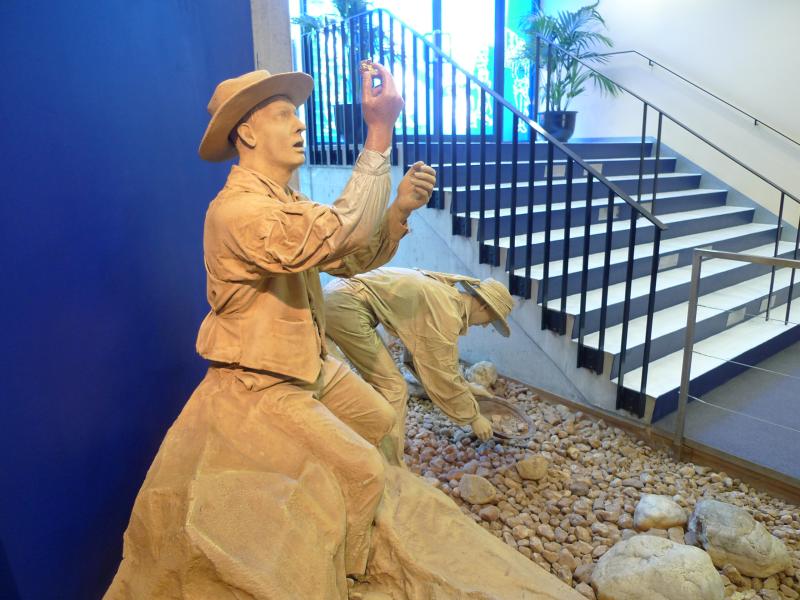
“Miners” clad in gold panning for gold in the streams of water at the mines.
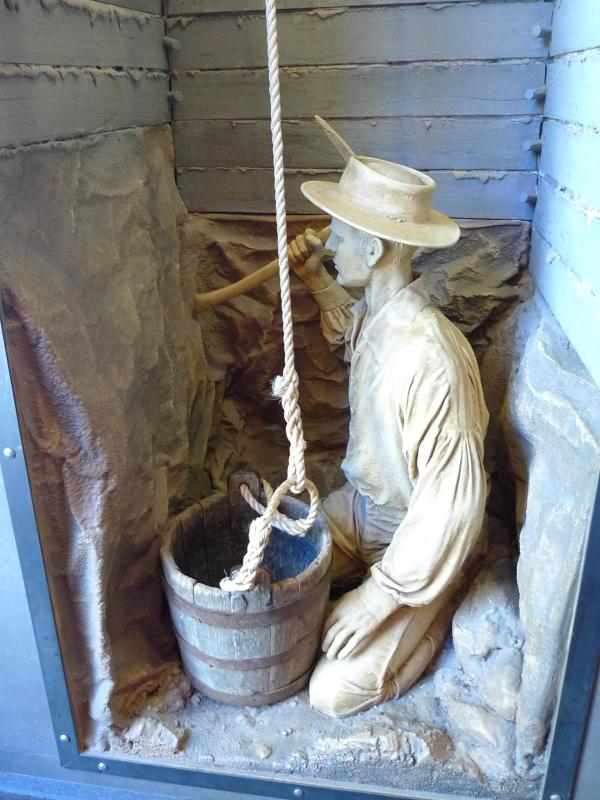
A miner using a pickaxe to chisel away pieces of quartz, which are inflected with gold. About 1 tonne of quartz or other rocks yield only 15 ounces of gold (or thereabouts).
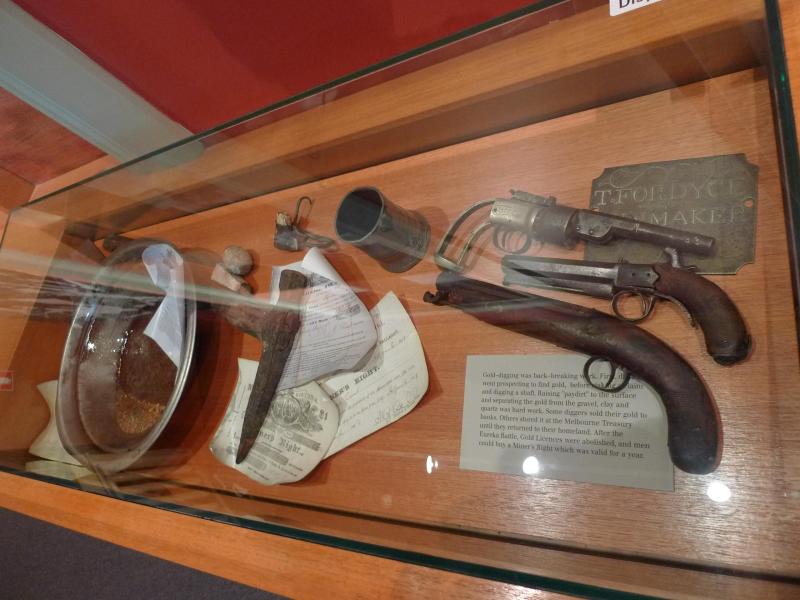
Tools of the trade, which also include guns for protection. Yes, those were rather rough times out in the goldfields, where life was harsh and theft could be a problem.
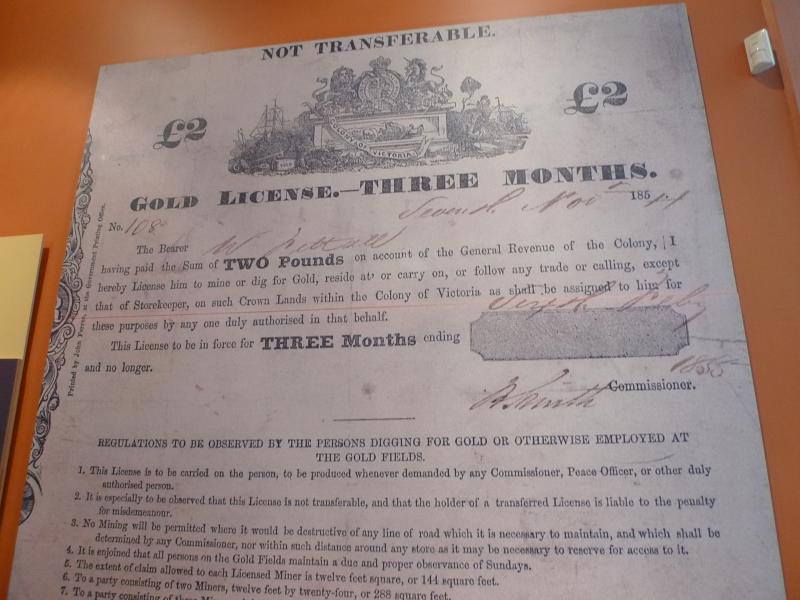
The much loathed gold license of that time costed a whopping 2 pounds for only 3 months. This was a huge amount of money for poor miners, and was applied regardless of their success in digging for gold.
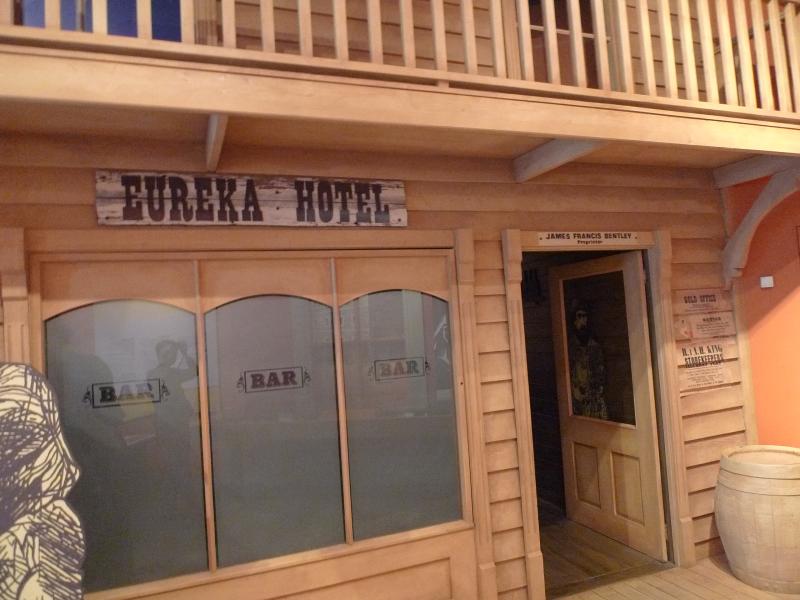
Eureka hotel was the site of the fateful murder of James Scobie by James Bentley, which led to the beginnings of a revolt by the miners against the unjust system which they were governed by.
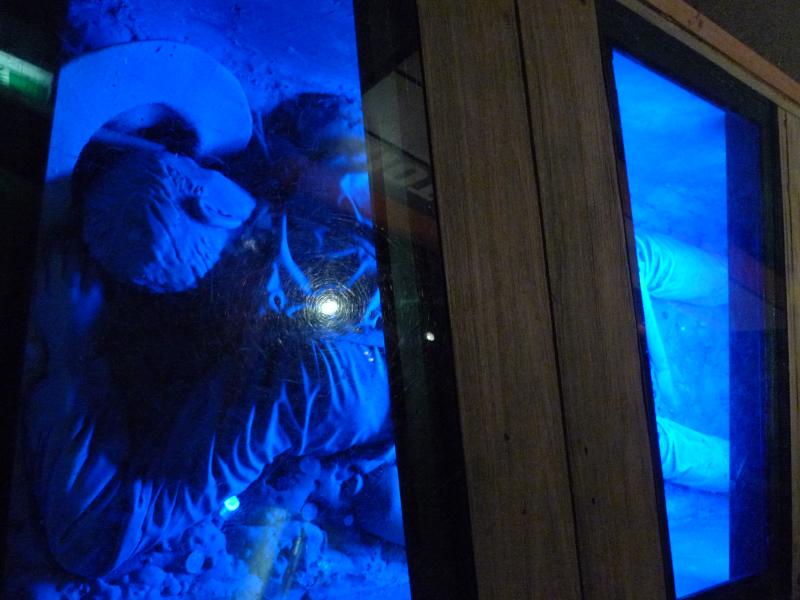
A replica of the lifeless body of Scobie, glowing in the illuminescence of electric blue.
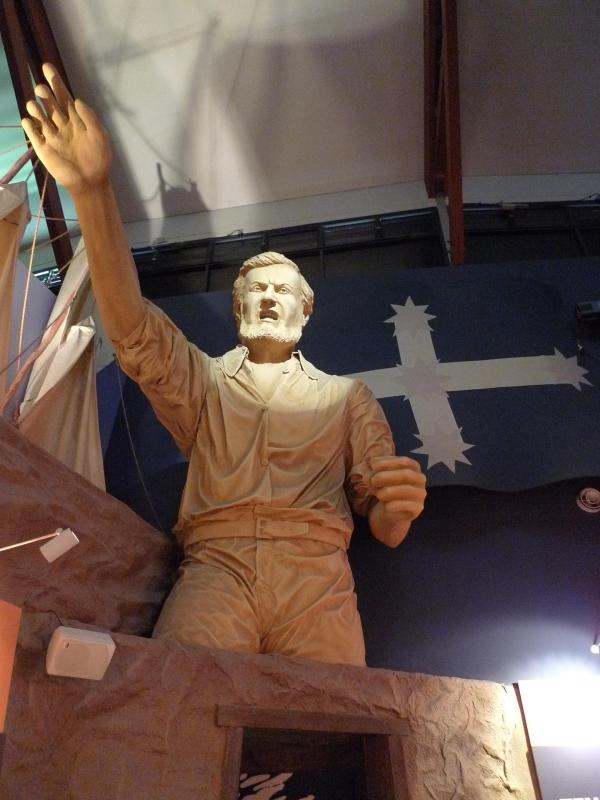
A giant-sized statue of Peter Lalor, Irish-born leader of the rebellion leading to the Eureka Stockade.
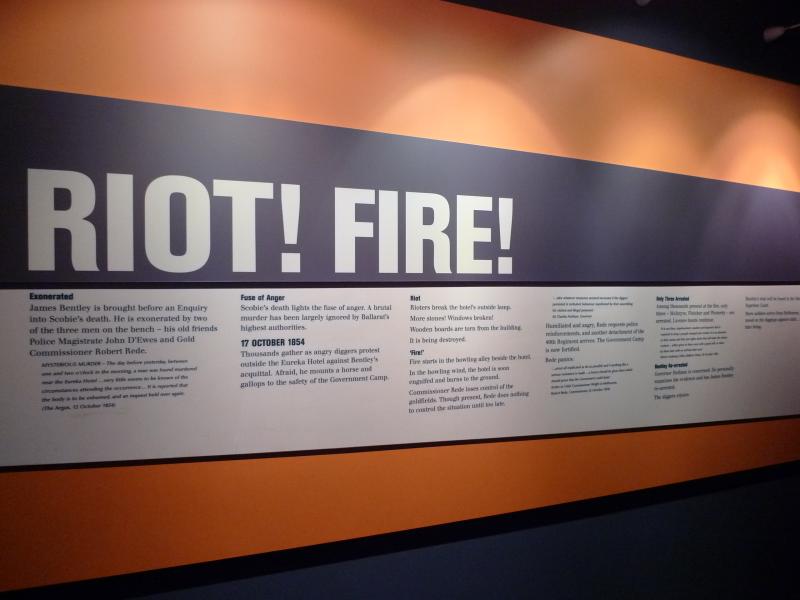
The events of those fateful days were captured by this panel text here.
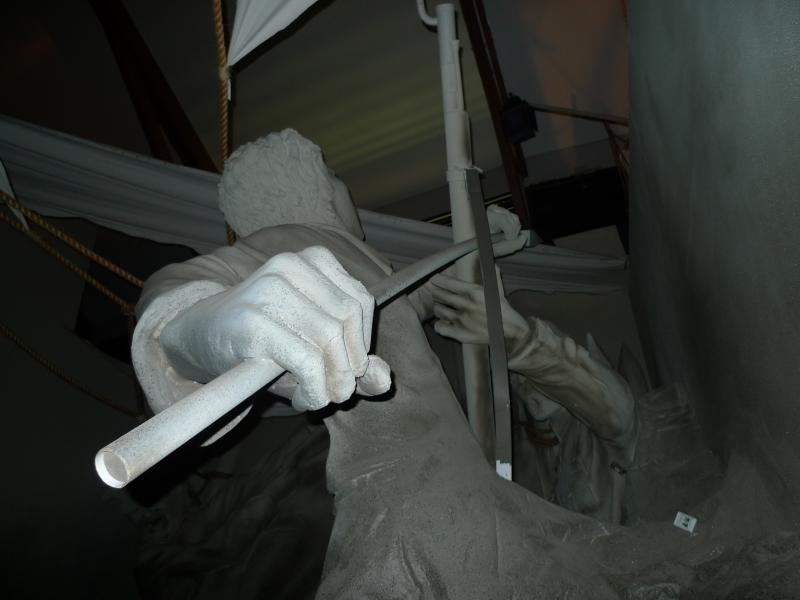
More giant-sized statues (which admittedly was a little eerie), depicting the skirmish between the miners and the British soldiers clad in red.
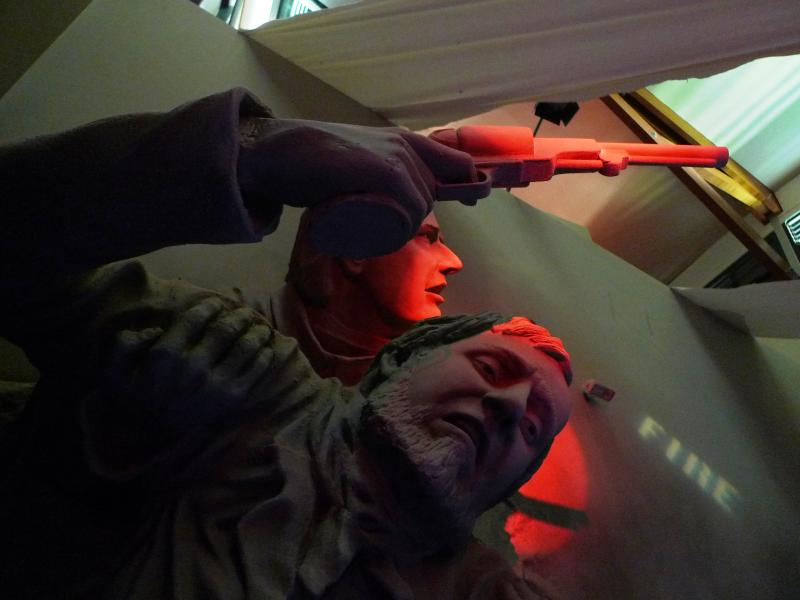
Lalor is hurt with a bullet wound while a fellow miner helps him up. While he ended up losing his left arm in the process (medical surgery wasn’t very septic then), he did go on to become a member of parliament in Victoria subsequently as a representative of the miners.

Unfortunately, not all of them made it…
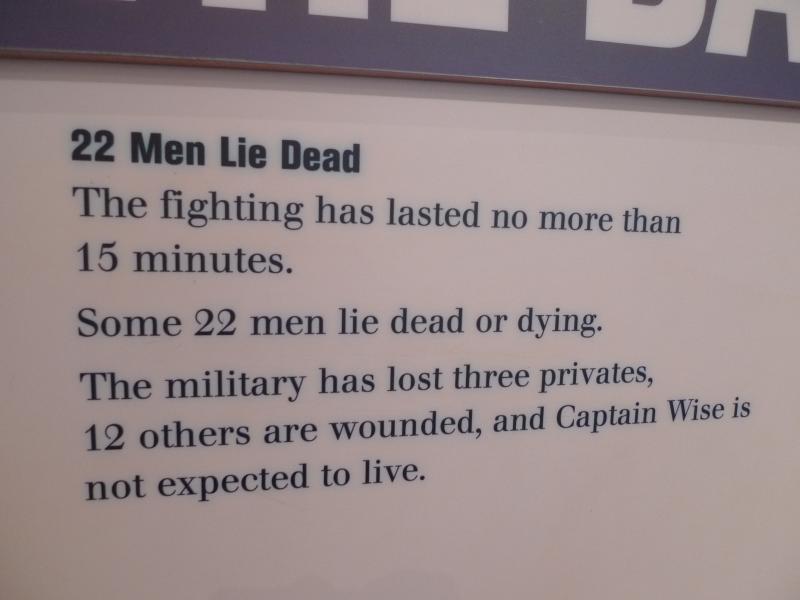
…and here’s the final tally of the dead and the wounded.
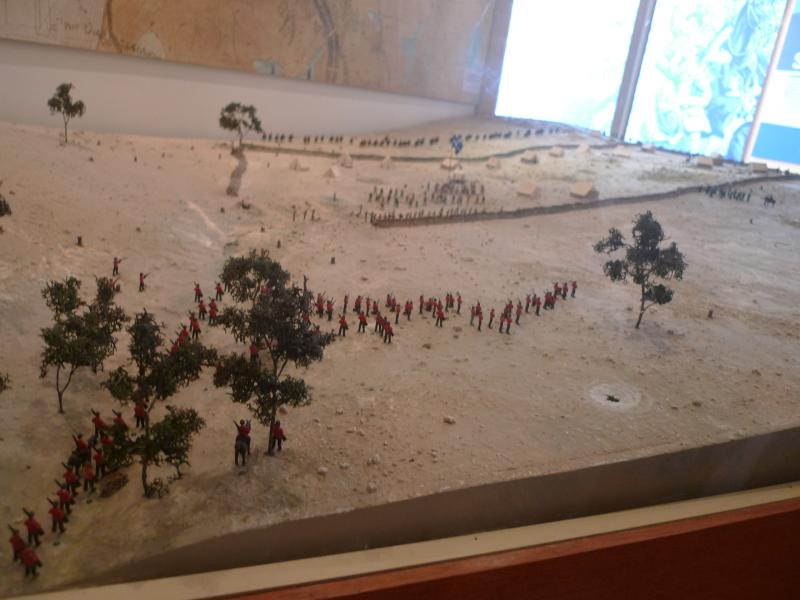
A panoramic diorama of the Eureka Stockade with the miners in the middle surrounded by British soldiers and military policemen.
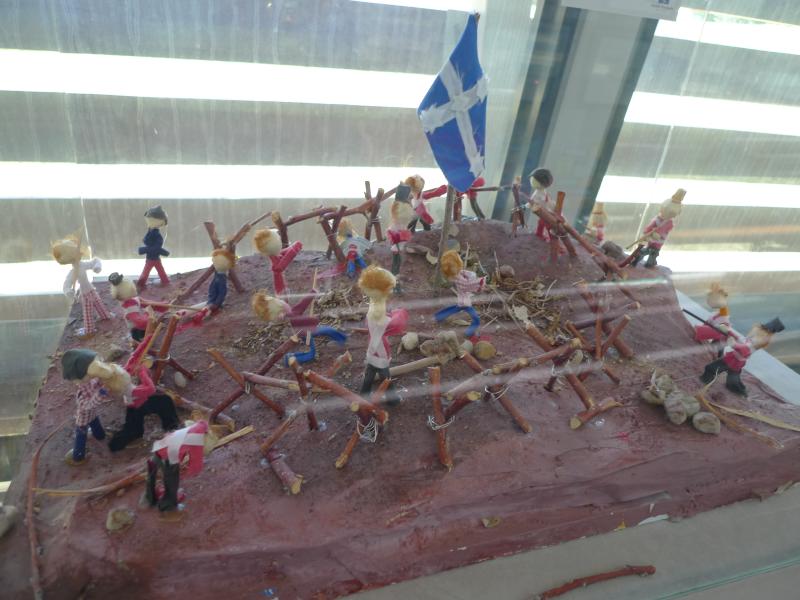
A similar diorama of the Eureka Stockade created by imaginative school kids. Personally, I liked this one better.
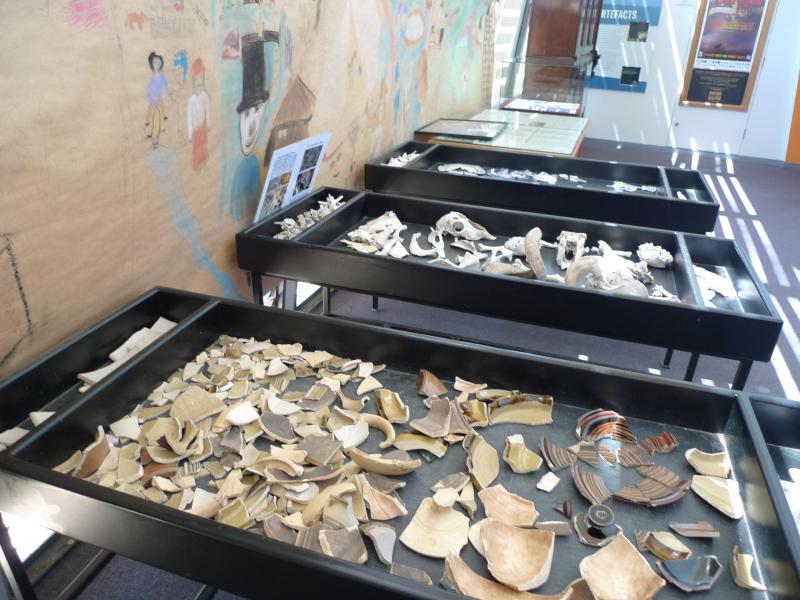
Shards of pottery and other handleables for kids to play with at the children’s corner.
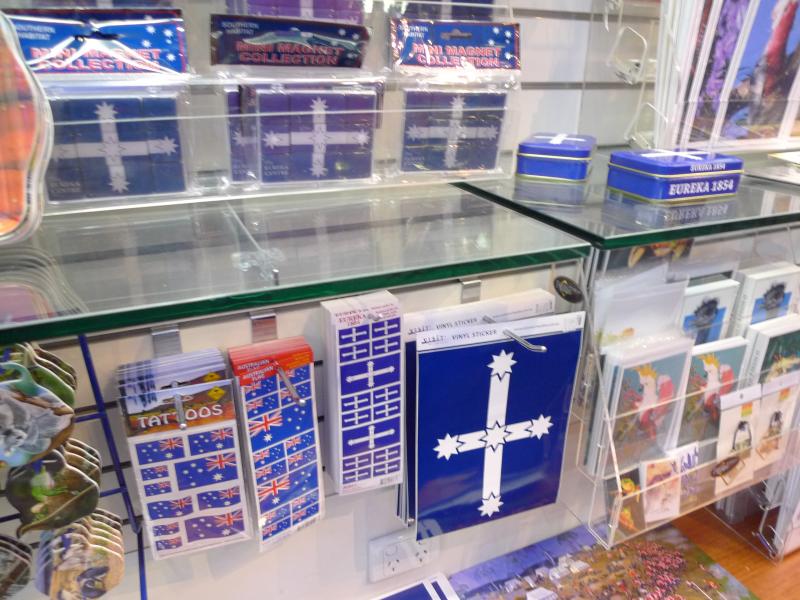
Finally, souvenirs bearing the blue and white insignia of the Eureka Stockade at the gift shop for one to bring home.
Acknowledgements: This trip was made possible through the kind hospitality of Sovereign Hill and the facilitation of my good friend Tim Richards. Do check out his well written post on Sovereign Hill here.

Hi, I really appreciate your posts here. It is so nice. I will recommend it to my friends. Hope there will be more good posts here.
Wonderful blog! Thank you for a awesome article.Nice of me coming here,i was learn a lot from here.
lovely place, I want to go.